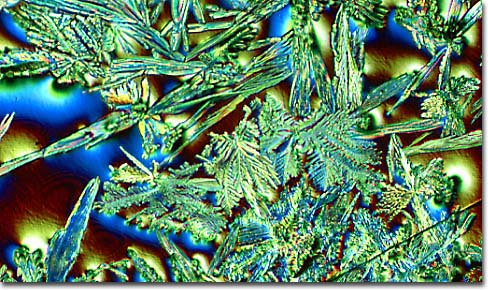|
Cytochrome C is the most profuse and stable of the cytochromes, which are a class of iron-containing proteins that play a significant role in cellular respiration and energy transfer. The cytochromes carry out this function by readily submitting to oxidation and reduction reactions when assisted by various enzymes. The gain or loss of electrons by the cytochromes greatly affects the activity of mitochondria, which are responsible for the conversion of nutrients and oxygen in the cell into chemical energy. Due to its participation in such a fundamental step in the origination of energy, the cytochromes have changed very little over the course of evolutionary history. Cytochrome c found in humans, for instance, is remarkably similar to the protein found in more primitive organisms, such as yeasts and plants, and is comprised of exactly the same 104 amino acids arranged in precisely the same order as the cytochrome c of chimpanzees.
|
